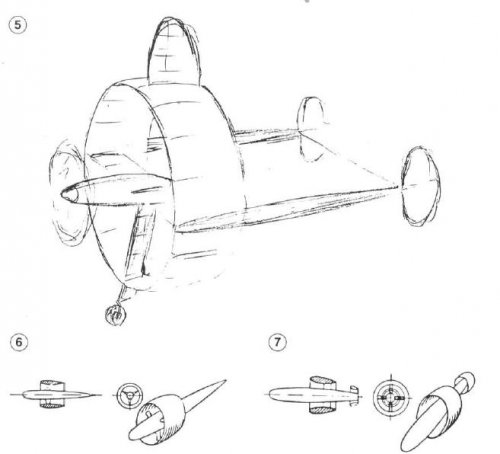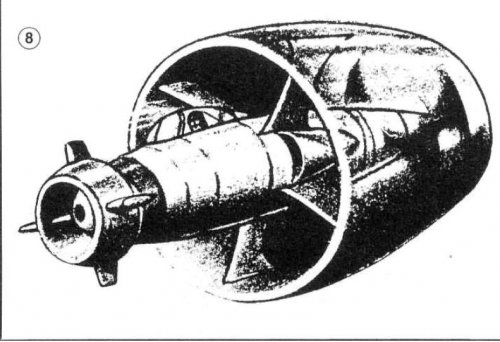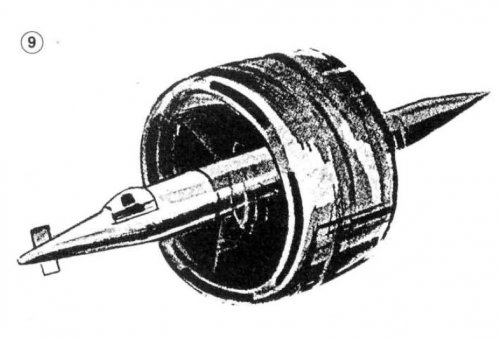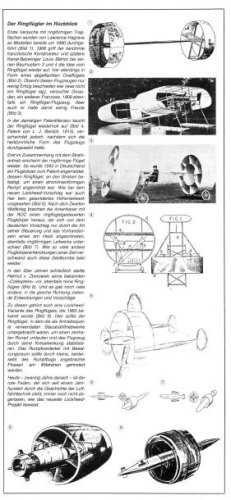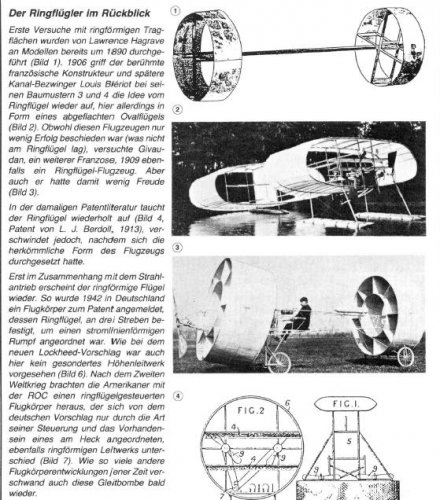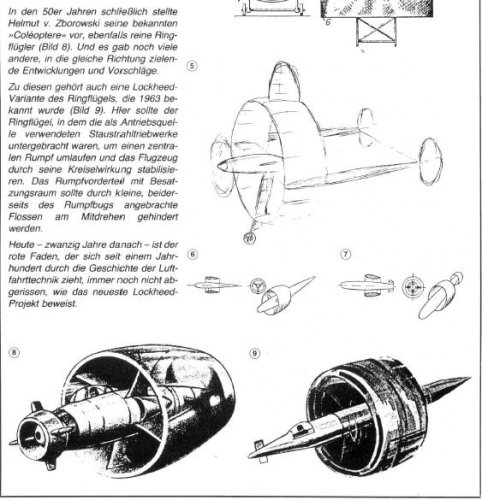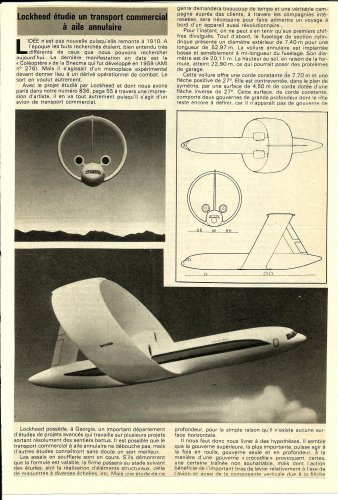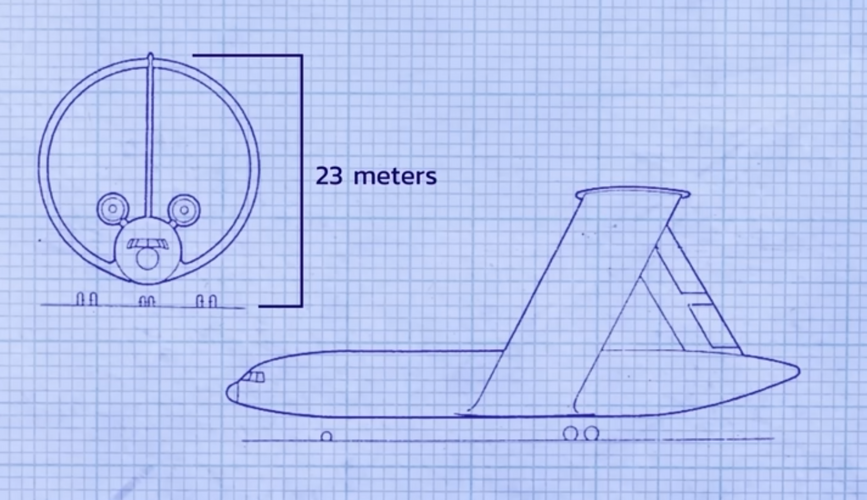- Joined
- 26 May 2006
- Messages
- 33,242
- Reaction score
- 13,098
Hi,
in article about Lockheed projects in Luftfahrt 2/1983,there is a section about ring wing aircraft,they displayed some Lockheed Models and aircraft,I am not sure of all of those 5 drawings to Lockheed or not,some help please.
in article about Lockheed projects in Luftfahrt 2/1983,there is a section about ring wing aircraft,they displayed some Lockheed Models and aircraft,I am not sure of all of those 5 drawings to Lockheed or not,some help please.
Attachments
Last edited:

